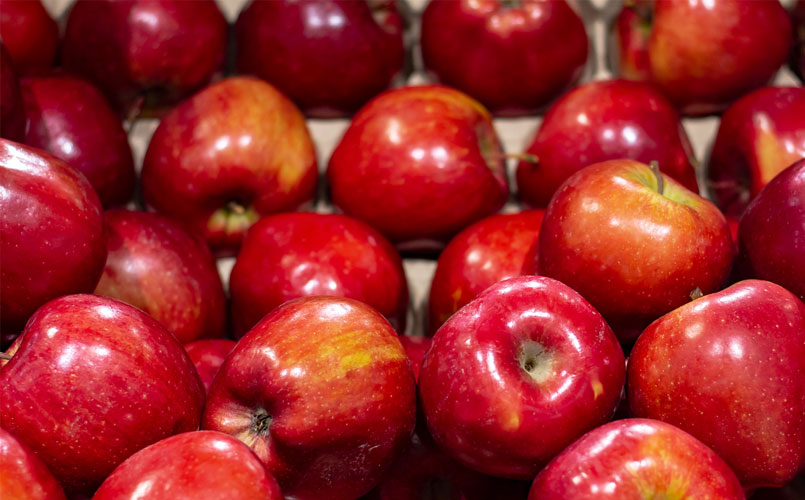Keeping Pace with Fungicide Resistance Management
The onset of apple season is underway and fruit quality remains top of mind for growers and packers alike. As fruit comes into storage, the reassurance that mother nature can no longer interfere with the crop is valid, however the concern over quality only then shifts to postharvest disease management. Establishing sustainable, preventive practices for decay control and fungicide resistance management are possible with the right tools in place.
Tips – Fungicide Resistance Management Program
Application timing, coverage, and environmental conditions are key elements when it comes to fungicide efficacy. However, even when conditions are optimal and fungicide applications are executed perfectly, fungicide resistance can develop, reducing a fungicide’s ability to control certain decay such as blue mold (Penicillium expansum) during storage. Blue mold and gray mold (Botrytis cinerea) remain the most prevalent postharvest diseases of apples.
Since postharvest quality begins at the orchard level, it’s critical to understand the history of the orchard blocks, seasonal weather conditions, anticipated storage conditions, and the main postharvest fungal threats. This allows for the right products to be selected — both preharvest and postharvest — so that an effective and tailored disease control program can be implemented. Pace also recommends working with a postharvest partner to characterize the resistance profile of certain high-risk, decay-causing pathogens. Such information can strengthen postharvest fungicide rotation programs to prevent decay, maintain freshness, extend shelf life, and ensure the quality and market value of apples grown in the U.S.
Research – Fungicide Resistance
Pace’s postharvest pathology lab has observed a correlation between decay incidences and a frequency of fungicide resistant strains. Resistant strains of fungi such as Penicillium species can recirculate between orchards and packinghouses through contaminated bins and can also accumulate in drench solutions and packing line flumes if sanitizers are not used optimally. Research shows that fungicide resistance is preventable if the correct, proactive measures are taken. The Pace lab can help isolate, identify, and test certain fungi for resistance to our major postharvest active ingredients – thiabendazole, fludioxonil and pyrimethanil.
Organic Fruit Decay Control Solutions
As the world’s needs continue to evolve, effective biological solutions play a key role in protecting the quality and marketability of fresh apples. BioSpectra® 100 SC, a reliable Pace biofungicide was recently granted the OMRI Listed® seal, after completing a rigorous certification process and requirements set forth for organic crop production use. This natamycin-based fungicide provides broad-spectrum decay control against Mucor rot, blue and gray molds, along with several other major fungal postharvest diseases.
Since postharvest quality begins at the orchard level, it’s critical to understand the history of the orchard blocks, seasonal weather conditions, anticipated storage conditions, and the main postharvest fungal threats. This allows for the right products to be selected — both preharvest and postharvest — so that an effective and tailored disease control program can be implemented. Pace also recommends working with a postharvest partner to characterize the resistance profile of certain high-risk, decay-causing pathogens. Such information can strengthen postharvest fungicide rotation programs to prevent decay, maintain freshness, extend shelf life, and ensure the quality and market value of apples grown in the U.S.
Application timing, coverage, and environmental conditions are key elements when it comes to fungicide efficacy. However, even when conditions are optimal and fungicide applications are executed perfectly, fungicide resistance can develop, reducing a fungicide’s ability to control certain decay such as blue mold (Penicillium expansum) during storage. Blue mold and gray mold (Botrytis cinerea) remain the most prevalent postharvest diseases of apples.
BioSpectra® 100 SC, a highly effective, natural decay control agent has received an exemption from tolerance (MRL) for current agricultural applications in the U.S and it has shown no resistance development over the past decades of use in food. BioSpectra® 100 SC, provides a new mode of action, inhibiting pathogen growth for both organic and conventional apple production.
For more information about postharvest best practices including implementing a successful fungicide resistant management program, please contact your local Pace representative or visit us at paceint.com.












